The U.S. Air Force’s U-2S Dragon Lady spy planes were among the assets tapped to monitor and collect intelligence on a Chinese government surveillance balloon during its recent trip across parts of the continental United States and Canada. An F-22 Raptor stealth fighter finally shot down the balloon with an AIM-9X Sidewinder missile off the coast of South Carolina on Saturday, and efforts are now underway to recover the wreckage from the Atlantic Ocean. Readers of The War Zone can first get up to speed on what we already know about this incident, and its conclusion, in our past reporting here.
A U.S. defense official confirmed the use of the U-2S as part of the broader response to the Chinese spy balloon to The War Zone today. It’s not immediately clear all the points along the balloon’s voyage that U-2s were present.
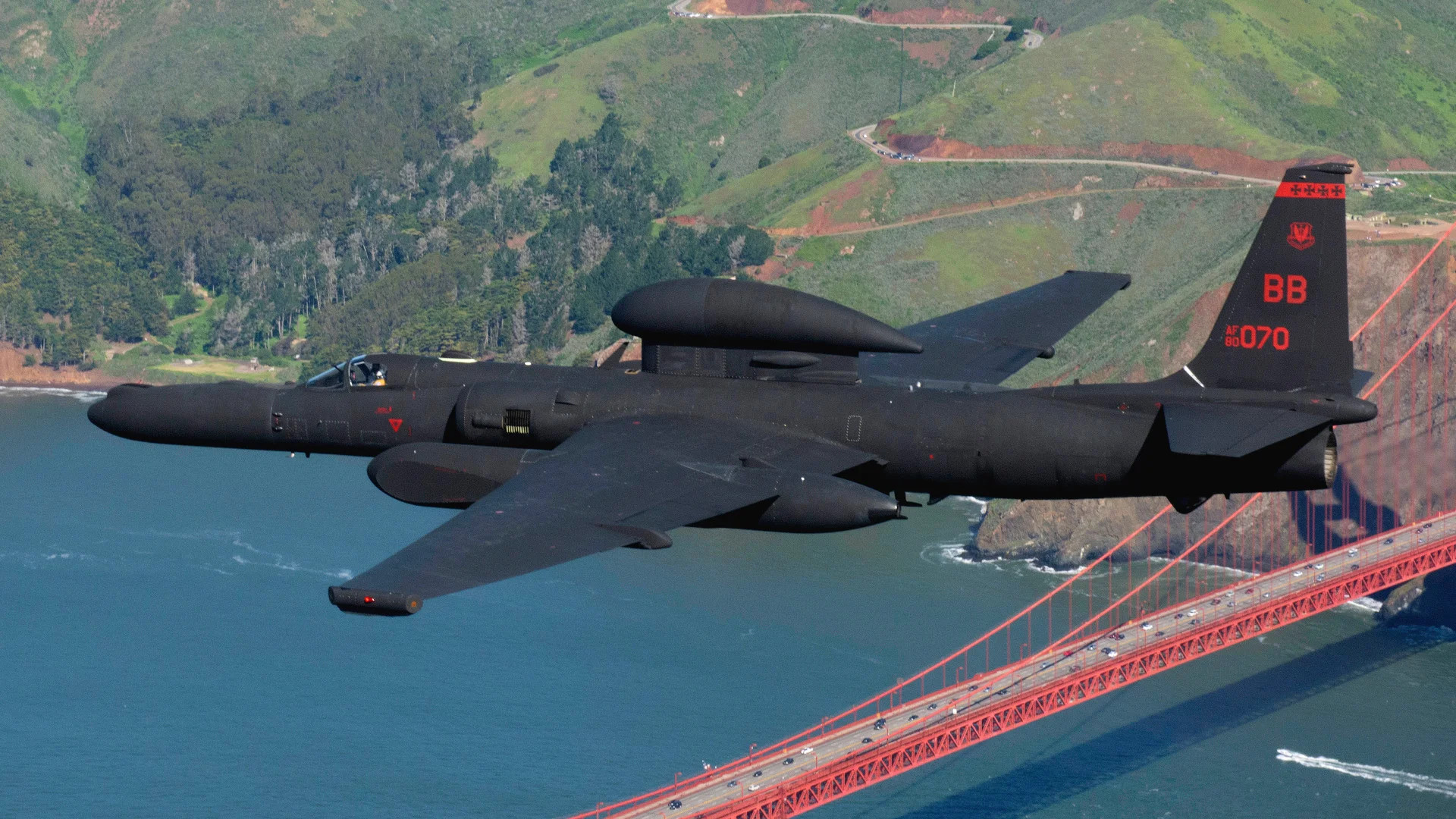
The Pentagon said over the weekend that the balloon had first entered U.S. national airspace over the Aleutian Islands on January 28. It then passed into Canadian airspace two days later and returned to U.S. airspace, over northern Idaho, on January 31. The balloon then followed a broadly southeasterly track across the contiguous United States before moving out over the Atlantic off South Carolina, where it was ultimately shot down.
The War Zone has separately learned that at least two U-2Ss helped monitor the balloon while it was over the Midwest, using the callsigns Dragon 01 and Dragon 99. At least one Dragon Lady was also in contact at times with the Air Force’s Eastern Air Defense Sector (EADS), also referred to by the callsign Huntress. EADS is part of the U.S.-Canadian North American Aerospace Defense Command (NORAD) and is responsible for safeguarding the airspace over roughly the eastern half of the contiguous United States.
While we can’t say with certainty exactly what the roles of the U-2Ss in monitoring the balloon were, their employment makes good sense. The Dragon Lady is the only aircraft in U.S. military inventory, at least that we know, that can fly persistently at altitudes even higher than where the balloon was soaring, which was between roughly 60,000 and 70,000 feet throughout its trip across the United States and Canada.
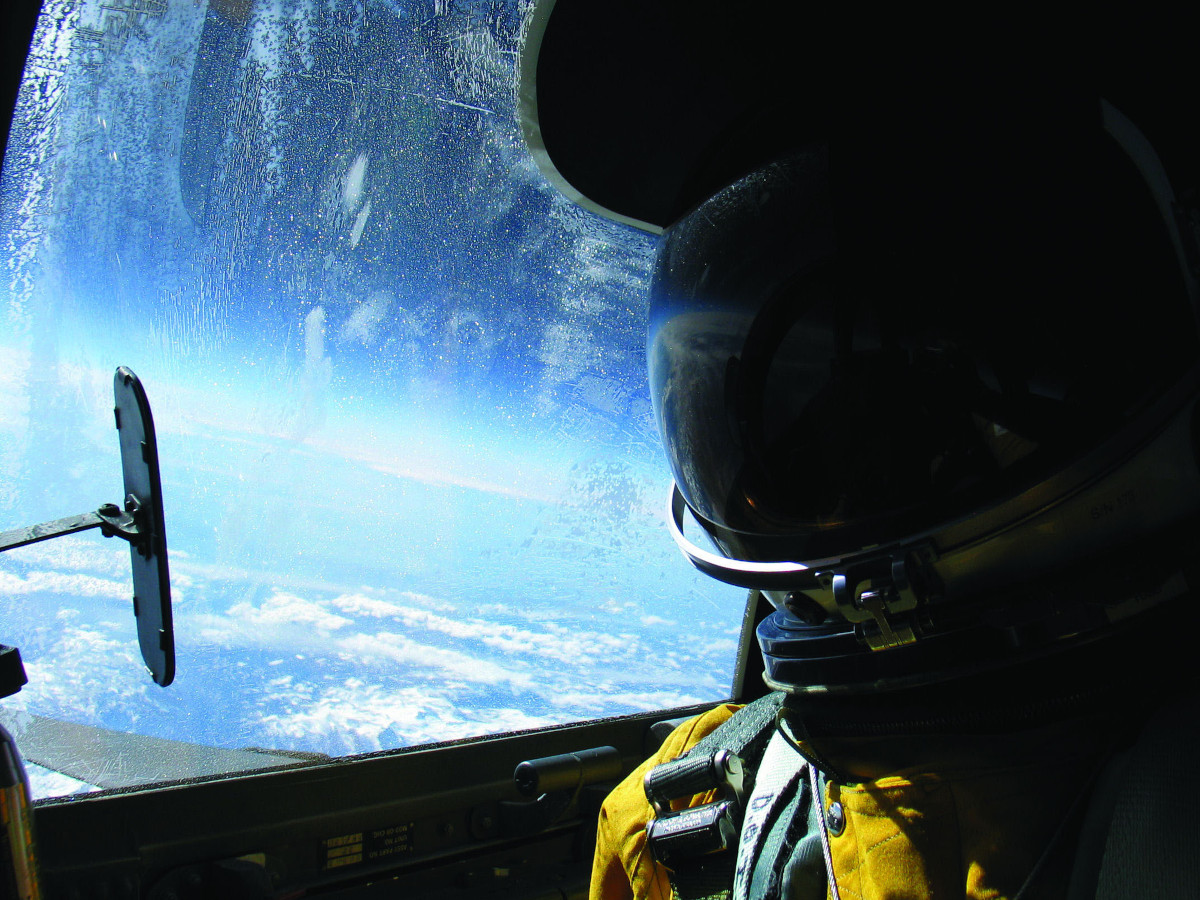
On top of that, each U-2S can be configured to collect multiple types of intelligence simultaneously, as you can read more about here. One common sensor loadout for the Dragon Lady consists of the Senior Glass signals intelligence suite, components of which are spread between bays in the fuselage and two underwing ‘Super Pods’ when it is installed, together with either the Senior Year Electro Optical Reconnaissance System-2 (SYERS-2) or Advanced Synthetic Aperture Radar System-2 (ASARS-2) in the nose. SYERS-2 is a multi-spectral camera system that can produce high-resolution imagery of a target, even at night. ASARS-2 also produces images, but by using a radar operating in a synthetic aperture mode, giving it an all-weather capability.
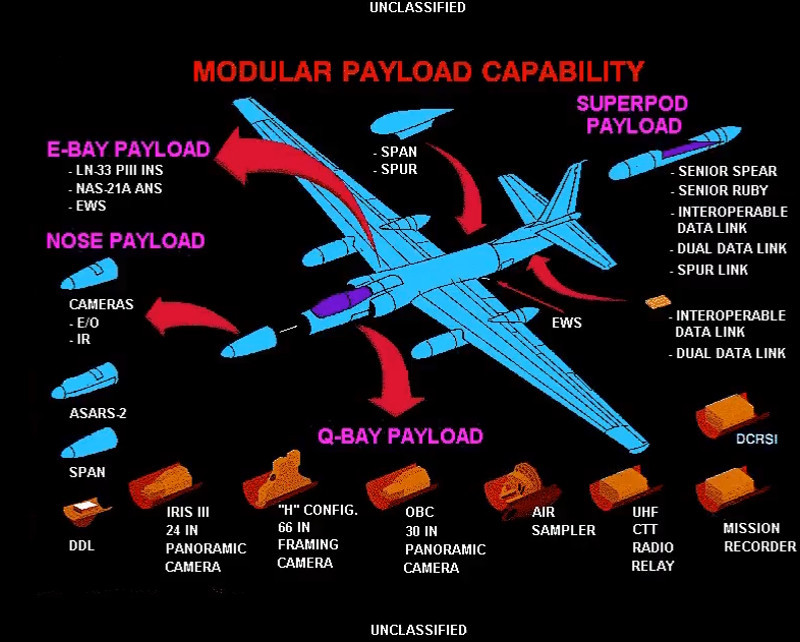
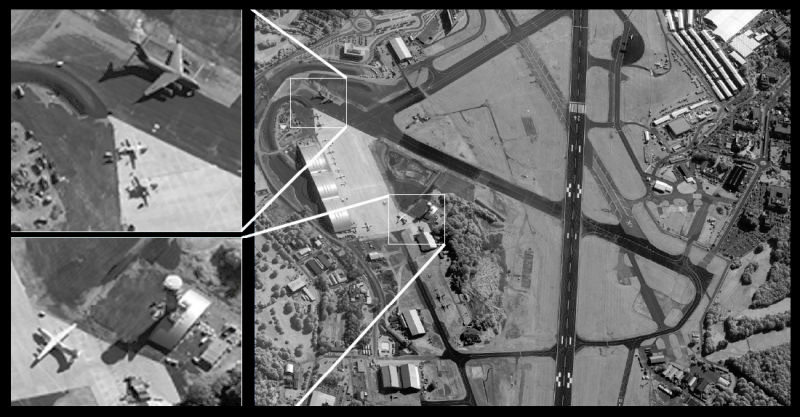
With any array of sensors like this, a U-2S could gather high-quality visuals of the balloon, as well as soak up any electronic emissions that it might have been pumping out. The Dragon Lady can further carry robust data links that allow for sharing the information it gathers with personnel on the ground in near-real-time.
The ability of the U-2 to get above the balloon is critical for a number of reasons. Just surveilling it from a top-down perspective using various sensors could provide additional intelligence as to its design and capabilities. Even what could have been hidden within its envelope would have been important to find out. But most importantly, it would provide a way to intercept directional satellite communications from the balloon with greater reliability. This is a critical form of intelligence collection on such a long-range and sensor-laden device like this.
Finally, the U-2 possesses a highly capable electronic warfare suite. Flying in relatively close proximity to the balloon, and especially above it, it’s possible it may have been able to jam any communications being sent to satellites above.
Once again, no aircraft disclosed in the Air Force’s inventory is capable of these high-flying, long-loitering operations.
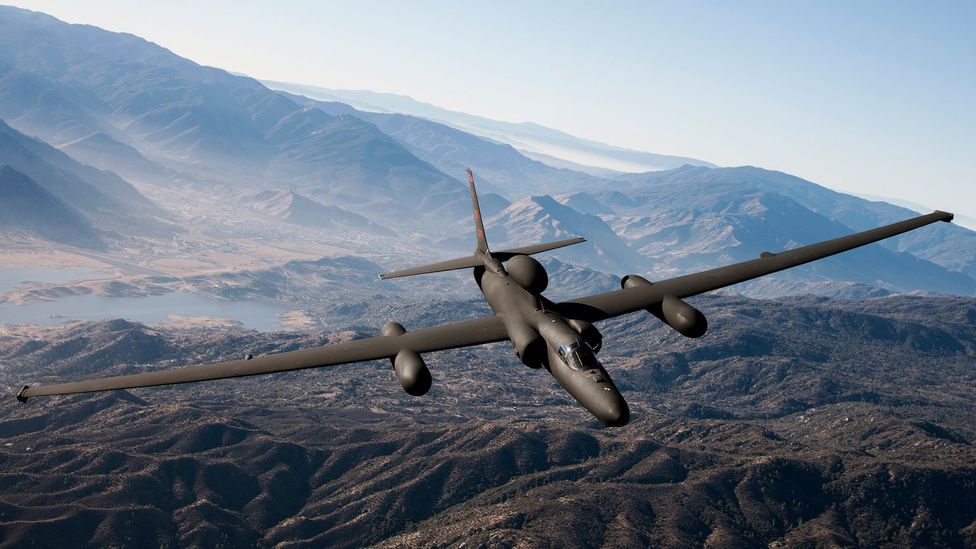
What electronic emissions they might have been able to collect from the balloons remains unclear, as does what intelligence-gathering capabilities it might have had. It would not be hard for such a lighter-than-air platform to carry its own cameras, radars, and especially signals intelligence payloads.
Yesterday, Politico reported that the U.S. Intelligence Community had previously assessed that smaller balloons detected off the coast of Virginia in 2020 were carrying some kind of radar-jamming payload.
In 2019, The War Zone laid out a detailed case for how previous reports of sightings of cubes with spheres inside off the eastern coast of the United States could have been balloons with radar reflectors and electronic surveillance payloads that could be used to gather critical intelligence about U.S. military capabilities. There is a historical precedent for this, as you can read more about here.
At that time, the ‘cube-in-sphere’ sightings had been labeled as unidentified aerial phenomena (UAP), more colloquially known as unidentified flying objects (UFO). The Chinese surveillance balloon flying over the United States and the disclosure that multiple incidents have happened previously over U.S. territory, including over the continental United States, has prompted renewed questions about whether other sightings of balloon-like objects may have been foreign intelligence assets, too. The War Zone has presented an in-depth analysis in the past of how some UAP sightings of various kinds are likely instances where people have spotted intelligence-gathering platforms belonging to foreign adversaries, usually operating in highly sensitive test and training areas.
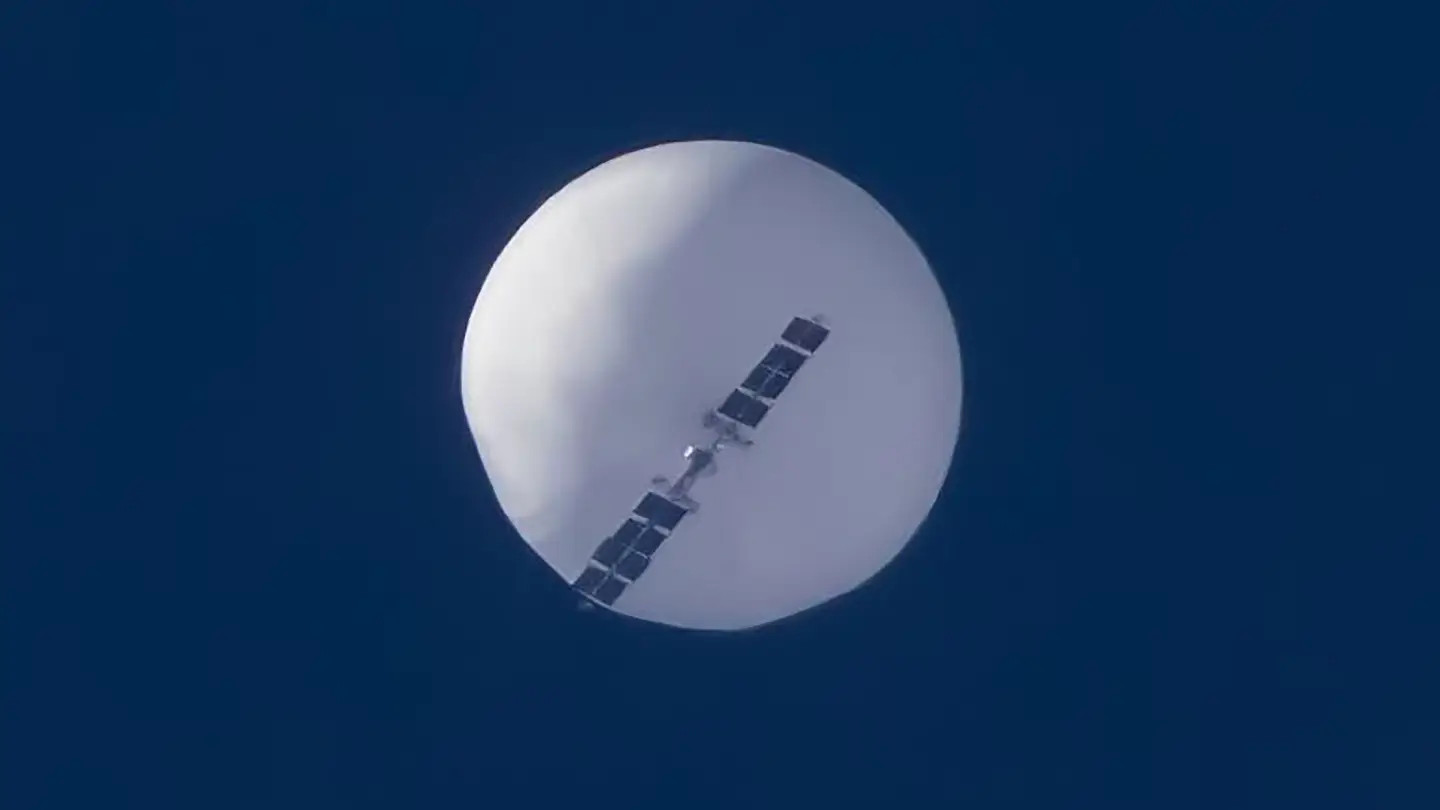
In January, the Pentagon’s newly formed All-Domain Anomaly Resolution Office (AARO) and the Office of the Director of National Intelligence’s (ODNI) National Intelligence Manager for Aviation (NIM-A) jointly published an unclassified annual report on UAP-related activity in 2022. This included mention of 366 newly cataloged UAP incidents, including older ones that were not previously known to AARO or NIM-A. Of those ‘new’ incidents, 163 were assessed to be “balloon or balloon-like entities.”
In addition, while the Pentagon says that prior Chinese balloon incidents stretch back to President Donald Trump’s time in office, U.S. officials only determined within the last two years or so that they were linked to the Chinese government. Details about how these assessments were made remain unclear, but this does seem to corroborate statements from various Trump administration officials that they were unaware of this during their tenure.
“I will tell you that we did not detect those threats. And that’s a Domain Awareness gap that we have to figure out, but I don’t want to go into further detail,” Air Force Gen. Glen VanHerck, the head of NORAD and U.S. Northern Command (NORTHCOM), told The War Zone and other outlets at a press conference earlier today. “The intel community, after the fact, I believe, as has been briefed already, assessed those threats to additional means of collection from additional means, and made us aware of those balloons that were previously approaching North America or transited North America.”
President Joe Biden and his administration are being roundly criticized in many corners for the response to this balloon and why it was not shot down earlier. The Biden administration has countered by highlighting the potential risks of doing so while the balloon was overland and the ability to gather further intelligence on the balloon once risks posed by its own capabilities were mitigated. That data could be exploited to learn more about the balloon and its capabilities, as well as provide further evidence to connect it to the Chinese government.
“So there was a potential opportunity for us to collect Intel where we had gaps on prior balloons. And so I would defer to the intel community but this gave us the opportunity to assess what they were actually doing, what kind of capabilities existed on the balloon, what kind of transmission capabilities existed,” Gen. VanHerck himself stressed at the press conference today. “And I think you’ll see in the future that that timeframe was well worth its value to collect.”
“I would point out, and I think it’s important to talk about, is day-to-day we do not have the authority to collect intelligence within the United States of America,” VanHerck added. “In this case, specific authorities were granted to collect intelligence against the balloon specifically and we utilized specific capabilities to do that.”
Altogether, this underscores the value of using U-2Ss, among the many platforms that were likely involved in the monitoring and intelligence exploitation of the balloon as it passed over the United States.
If nothing else, with this disclosure now that U-2Ss helped in the response to the balloon’s presence, it will be interesting to see what other details about the U.S. military’s monitoring efforts might be released.
Howard Altman contributed to this report.
Author’s note: The incredible image at the top of this article was taken by photographer Tyler Schlitt of LiveStormChasers.com. Make sure to check out his work, including on his awesome Facebook page linked here.
Contact the author: joe@thedrive.com
